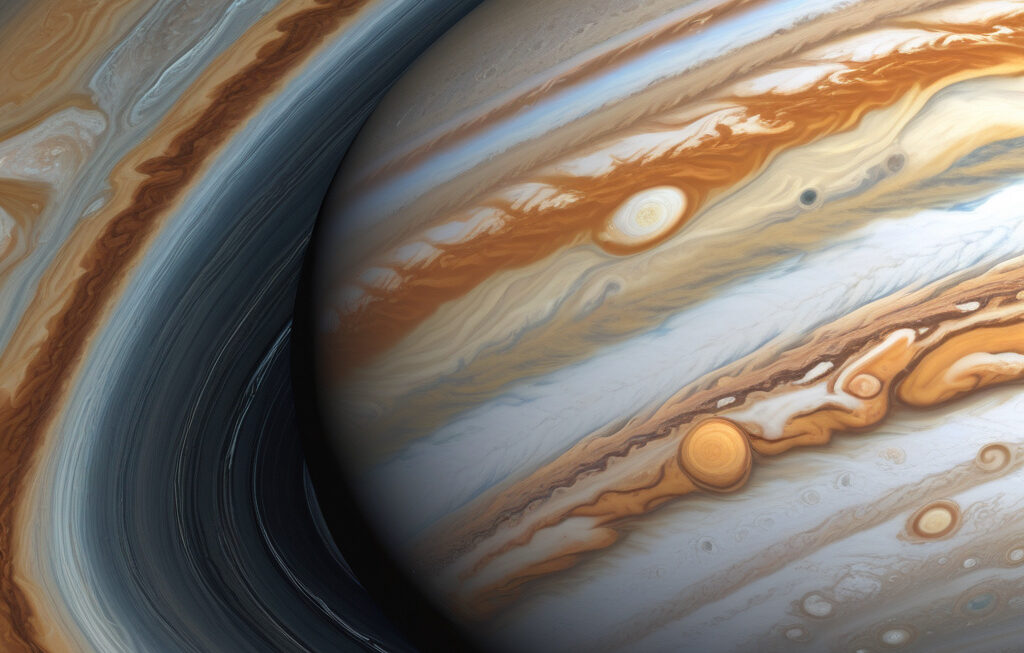From fields to flights: Switchgrass a viable contender for clean aviation fuel
New University of Illinois Urbana-Champaign research highlights switchgrass’ potential as a sustainable aviation fuel (SAF). The aviation industry has long been scrutinized for its environmental impact, particularly its significant carbon emissions. As the world strives to reduce its carbon footprint and shift towards more sustainable practices, the search for alternative aviation fuels has intensified. Among the promising candidates is switchgrass, a perennial grass native to North America.
Switchgrass boasts several qualities that make it an attractive option for producing biofuels. It is a hardy plant that requires minimal water and fertilizer, making it relatively easy and cost-effective to cultivate. Additionally, switchgrass is a high-yield crop, meaning that it can produce a large amount of biomass per acre. This efficiency is crucial for biofuel production on a scale substantial enough to meet the demands of the aviation industry.
One of the key advantages of switchgrass-derived biofuels is their potential to significantly reduce carbon emissions compared to traditional jet fuels. When grown and processed sustainably, switchgrass biofuels are considered carbon-neutral. This means that the carbon dioxide released during combustion is offset by the carbon dioxide absorbed by the growing switchgrass plants, making it a much cleaner alternative to conventional aviation fuels.
Furthermore, switchgrass biofuels have the potential to enhance rural economies by providing farmers with a new market for their crops. By growing switchgrass for biofuel production, farmers can diversify their income sources and contribute to the development of a more sustainable energy sector. This dual benefit of supporting both the environment and local communities makes switchgrass an appealing option for stakeholders across various sectors.
The University of Illinois Urbana-Champaign research is a significant step forward in demonstrating the viability of switchgrass as a clean aviation fuel. By conducting in-depth studies on the cultivation, processing, and performance of switchgrass-derived biofuels, researchers are paving the way for a more sustainable future for the aviation industry. Their findings provide valuable insights into the potential of switchgrass to reduce greenhouse gas emissions and mitigate the environmental impact of air travel.
As the demand for air travel continues to grow, finding sustainable solutions for aviation fuel is more critical than ever. Switchgrass offers a renewable, low-carbon alternative that aligns with the industry’s goals of reducing emissions and operating more sustainably. With ongoing research and development efforts, switchgrass biofuels could soon become a mainstream option for powering aircraft, helping to create a greener and more environmentally friendly aviation sector.
In conclusion, switchgrass stands out as a viable contender for clean aviation fuel, thanks to its sustainability, efficiency, and environmental benefits. As researchers continue to explore its potential and feasibility on a larger scale, switchgrass biofuels could play a significant role in reducing the carbon footprint of the aviation industry. By embracing innovative solutions like switchgrass, we can move closer to a more sustainable future for air travel and beyond.
#Switchgrass, #AviationFuel, #Sustainability, #Biofuels, #CleanEnergy












